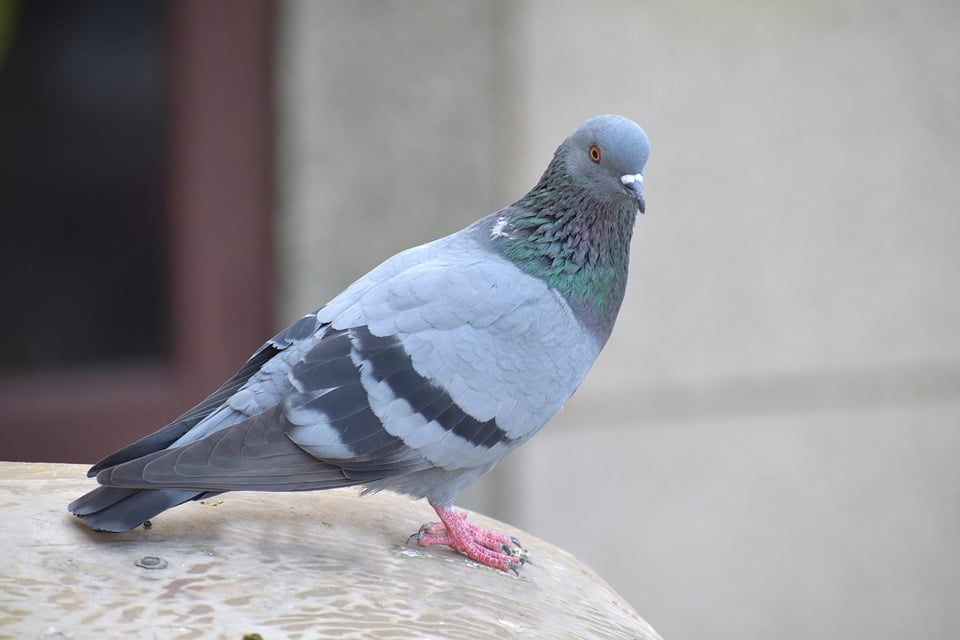All about pigeons

The pigeon is the most common wild bird found in our cities and towns. Loved and hated in equal measure, the feral pigeon has thrived in our urban areas where our buildings mimic the cliff faces pigeons historically roosted on.
The humble pigeon originated in Europe, North Africa and Asia, although it can now be found in most corners of the world, the exceptions being the Sahara Desert and Antarctica. The feral pigeon is the most common variety and is the bird you have probably seen bobbing about our towns and city centres.
Naturally pigeons should feast on grains and seed, with some species eating small insects and fruit. However an increase in urban areas means they now rely mainly on humans to feed them, either by choice or indirectly by the food they leave behind.
The feral pigeon everything you need to know
This plentiful food source provides all the sustenance the birds require for growth, health and good conditioning. With a regular food supply pigeons can live as long as 15 years. Although the wild pigeon does have natural predators such as sparrowhawks and falcons, the cause of early death in urban pigeons is far more likely to be humans as we try to control their ever increasing population.
As a species, pigeons love to breed. With a good food source and ideal location, the mated pair can lay eggs up to 6 times a year. The eggs laid don’t take long to incubate either, with an average time of 17-19 days to hatch.
